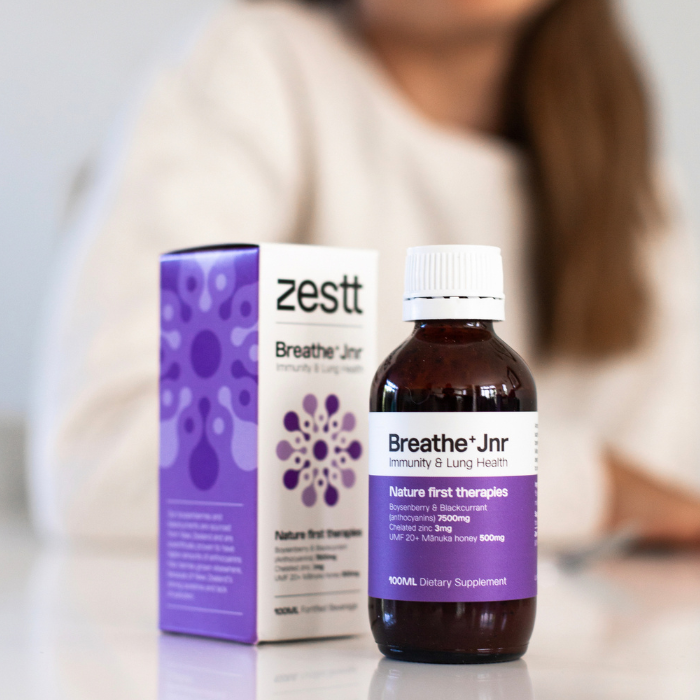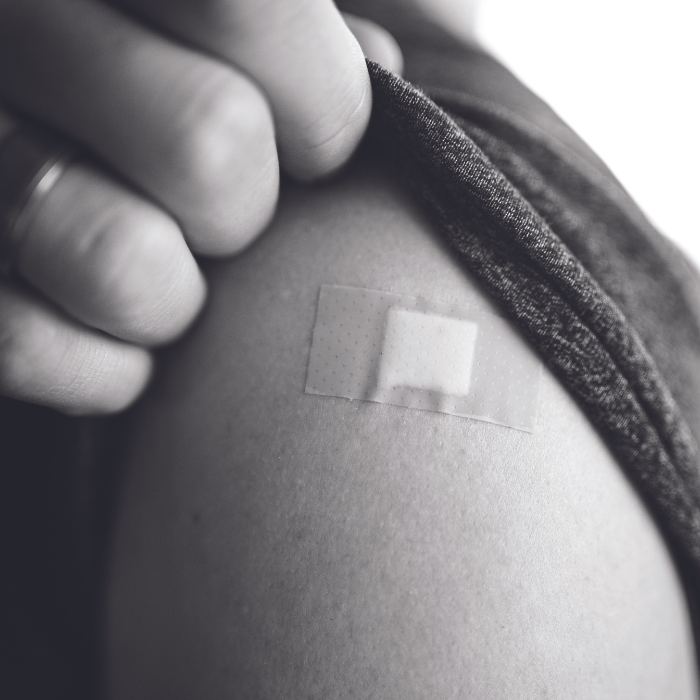
Healthy tooth habits are worth setting up from the start, says Tiffany Brown. Here is everything you need to know about looking after your kids’ teeth!
IT’S ALL ABOUT THE MINERALS
Teeth are made up of minerals, like calcium and phosphate, as well as bone and dentin. When these minerals are compromised, or when replenishment is in short supply, the teeth begin to demineralise, causing loss of colour, texture and structure, and leading to possible tooth decay and disease. Lifestyle and nutrition changes may help to remineralise or restore the correct mineral balance to damaged teeth.
Run a mile from sugar
Highly acidic sugar can work in the mouth to feed plaque-causing bacteria and eventually break down tooth enamel and demineralise the teeth. It’s best to keep sugar intake moderate for the sake of all the family’s teeth. Studies have shown small, frequent amounts of sugar are more damaging to teeth then the total amount of sugar consumer, so a blow-out birthday party once in a while may be a better options for your kids than a sugary snack every day.
More bad news for the sweet toothed
Unfortunately, fruit is also acidic, particularly citrus fruits, as is fruit juice, which often contains extra sugar to boot. Dried fruit, like honey, is a healthier alternative to regular sugar, but must also be given in moderation to avoid problems with the teeth.
Honey instead? Um… Not so fast
Honey is a natural sweetener with antibacterial and anti- inflammatory health benefits. But before you let your kids drain the honey jar like Winnie-The-Pooh, bear in mind honey’s sweet profile still makes it a breeding ground for sugar-loving bacteria. Too much will also lead to plaque formation, and eventual demineralisation.
Brush ’em
Tooth brushing is important to control bacteria in the mouth. Brushing immediately after eating can be bad for teeth, particularly after acidic foods which can soften tooth enamel and brushing too soon after eating can damage enamel while it’s in a weakened state. So, wait 30-minutes to an hour after eating before brushing. Brushing in the morning removes bacteria which has built up through the night and provides a protective barrier to acidic foods.
Mouth ulcers
Ulcers are sometimes painful breaks in the lining of your mouth which make eating, drinking and brushing uncomfortable. They may be caused by accidental biting or bumping the inside of the mouth, burning with a hot drink, the rough edge of a tooth or a food intolerance or allergy. A regular warm salt-water mouthwash rinse should help the ulcer heal on its own within a couple of weeks, but if symptoms persist, see your doctor.
Why do we have two sets of teeth?
Those cute little “baby” teeth actually act as placeholders, creating space in the jaw for future, larger, permanent teeth.
For most children, baby teeth begin to fall out around the age of six (the bottom two are the most common to come out first). Of course, all of the teeth don’t fall out at one time.
When a permanent tooth is ready to erupt, the root of the baby tooth begins to dissolve. That’s what makes the baby tooth “loose” – because it’s only held in place by the surrounding gum tissue.








